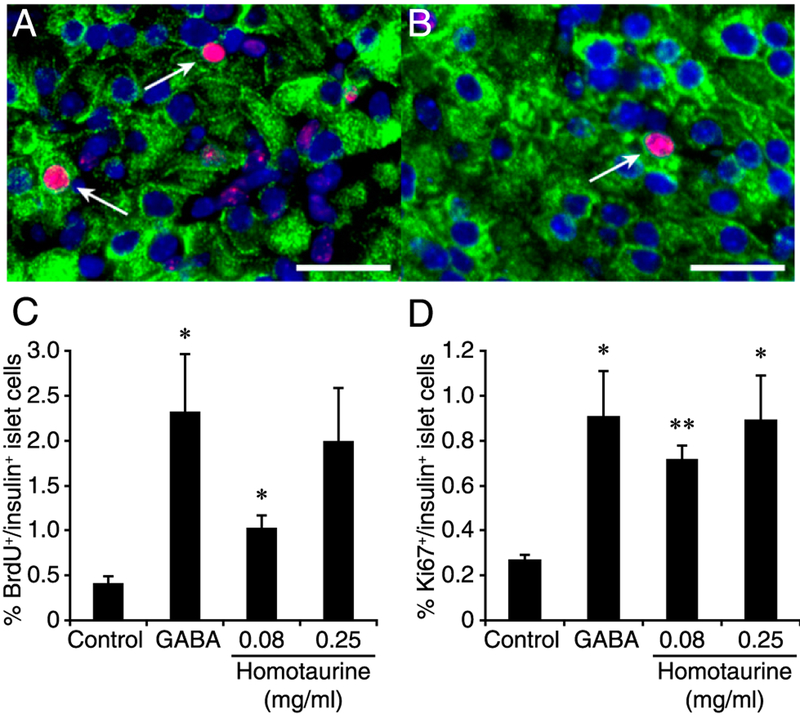FIGURE 6. Oral homotaurine enhances human islet β-cell replication in a xenograft model.
Hyperglycemic NOD/scid mice were transplanted with human islets under their kidney capsule. Within 2 d, all islet recipients had become normoglycemic and were then randomized to receive water containing BrdU, with or without homotaurine (0.08 or 0.25 mg/ml) or GABA (6 mg/ml) for 10 d. The percentages of replicated β-cell s were determined by immunofluorescent assays using Alexa Fluor 488–conjugated anti-insulin and Alexa Fluor 590–conjugated anti-BrdU or anti-Ki67, followed by counterstaining with DAPI. Representative images of islet cells (original magnification ×400) costained with (A) anti-insulin (green) and anti-BrdU (red, arrows) or (B) anti-insulin and anti-Ki67 (red, arrows). Scale bar, 25 μm. (C) Quantitative analysis of the percentages of insulin+BrdU+ cells in human islet xenografts in mice given plain water, GABA, or homotaurine. p = 0.07 and 0.7 for GABA versus homotaurine at 0.08 or 0.25 mg/ml, respectively. (D) Quantitative analysis of the percentages of insulin+Ki67+ cells in human islet xenografts. Data are mean ± SD from two independent studies with n = 4–9 implants analyzed per group. *p < 0.05, **p < 0.01 versus the control, determined by one-way ANOVA and post hoc least significant difference and Student t test.

